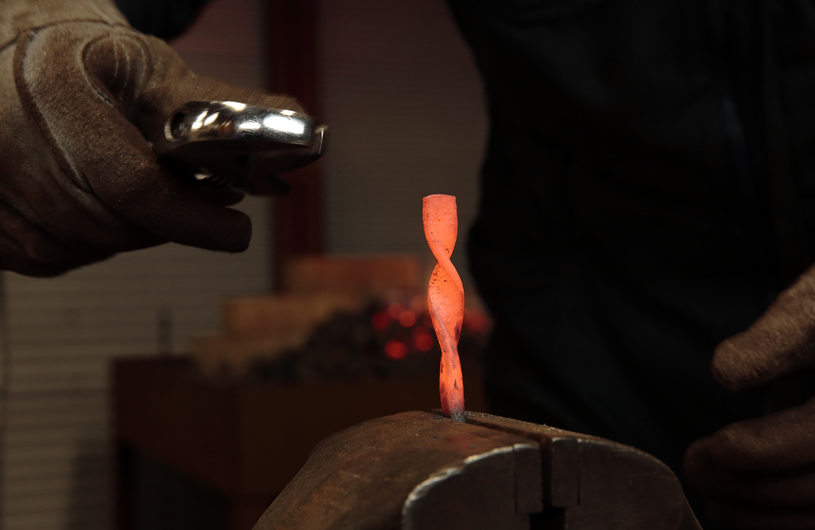
You can tell from the color of the iron that it is close to 900 degrees.

You can tell from the color of the iron that it is close to 900 degrees.
Muroran is the first city that comes to mind when you mention Hokkaido iron-making. The Wanishi district, which prospered as an iron-making area beginning in the Meiji era (1868-1912), was one of the most crowded parts of Hokkaido at its peak, with 20,000 people living there. It was a town that never sleeps, with iron and steel men working in three shifts: morning, noon and night. After a while the amount of iron and steel produced gradually decreased and people began to leave. The nonprofit Tetsupro was formed mainly by young managers of shops in the Wanishi commercial district who were feeling a sense of crisis. Tetsupro is based on the idea of using iron for a town renewal project.
I heard that there is an authentic iron artisanry workshop available at the Wanishi Hachijo Atelier, which is run by Tetsupro, so I made a reservation. My instructor was industrial designer Sudo Daisuke. He is a former ceramics artist.
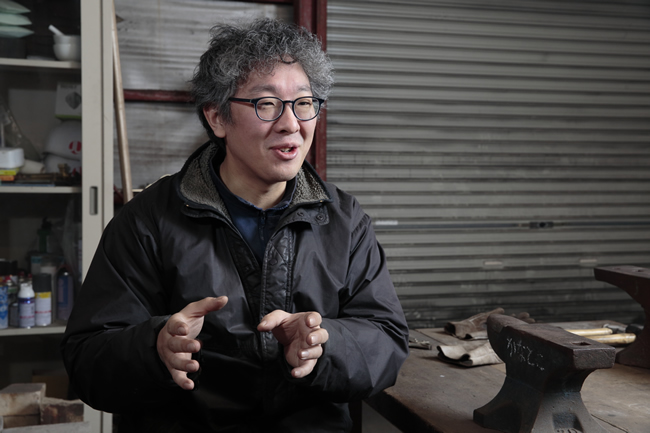
"To be honest, I dislike iron because I cannot process it the way I want to. That's why I chose ceramics, which are made from soft clay," he said laughing.
In the summer two years ago, Wanishi Hachijo Atelier held a "Wanishi Artisanry Workshop" for Muroran area elementary school students, and parents' eyes lit up.
"Both children and adults get excited when they experience iron artisanry. Muroran is a town that developed from artisanry, so I want to pass on that spirit," Sudo said.
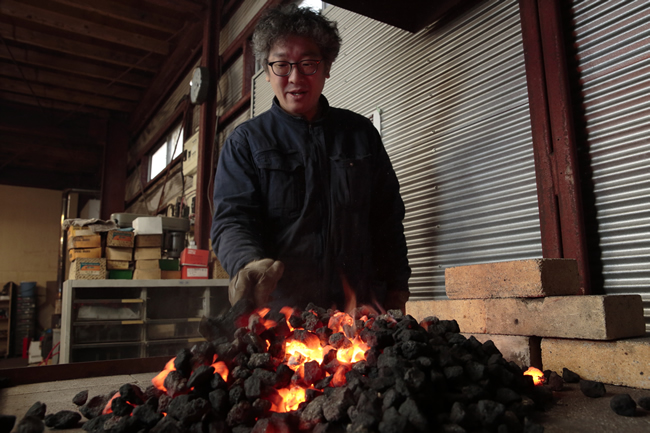
Coke is mixed in so the fire in the oven does not go out.
"Coke is made by baking iron in a pan, and it is an essential heat source in an ironworks. Iron is heated with coke to melt it, then foreign matter is removed by reacting with limestone and pure iron is left," said Sudo, explaining the fundamentals of iron making while giving me a lecture on how to use the tools and on the work procedure. Well, I wonder what kind of iron key chain I will be able to make.
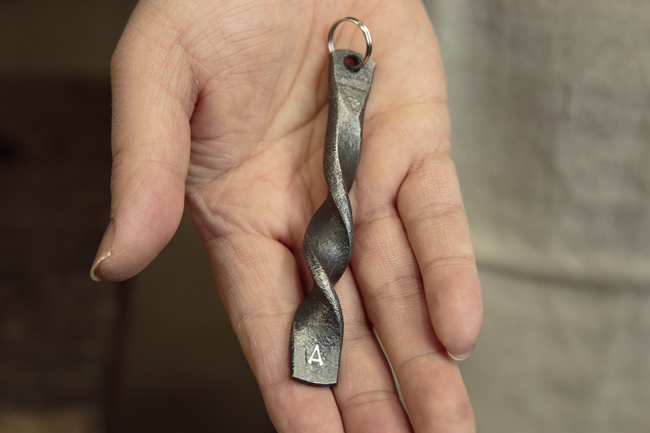
The iron key chain is finished. The more you use it, the more it will take on a warm texture from the oils on your hand, just like with leather products.
Target group: Elementary school students or older
Open: Weekends and holidays (reservations required)
Hours: 10 a.m. to 4 p.m.
3-10 2-chome Wanishi-cho Muroran, Hokkaido, Japan
Tel.: 0143-84-5510 (noord design)
Website(Japanese)
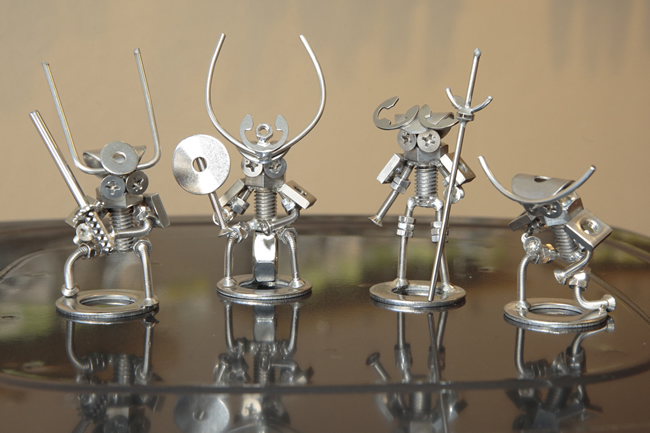
There are more than 100 variations in the atelier’s classic series of products for Muroran's famous mascot Bolta. The military commander series is popular among foreign visitors to Japan.
Referring to a model made in the image of a Muroran factory, participants will place bolts and nuts on both sides of a plastic case in any way they see fit.
Target participant: First-graders and older. (Elementary school students must be accompanied by a parent or guardian.)
Hours: Starting at 10 a.m., 1 p.m. and 3 p.m. (Reservations required one week in advance.)
Closed: Sundays and Mondays from November to April, and Mondays from May to October
32-6 1-chome Wanishi-cho Muroran, Hokkaido, Japan
Tel.: 0143-47-8233
Website(Japanese)